Why RBI Cannot Print Unlimited Money: Explained Simply
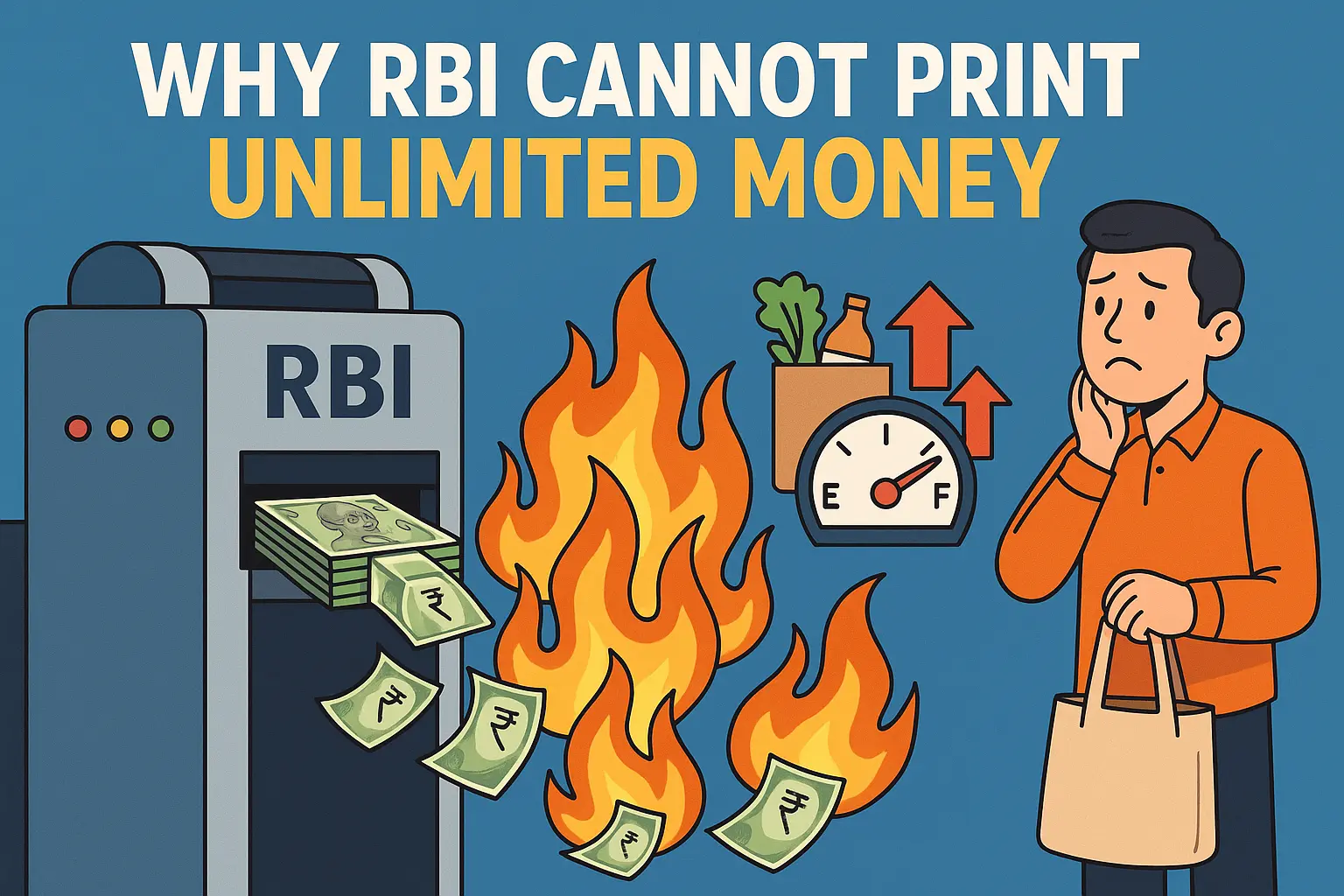
At some point, you’ve probably thought: “Why doesn’t the government just print more money and make everyone rich?” It sounds like a simple solution to poverty and economic struggles. After all, the Reserve Bank of India (RBI) has the power to print notes. However, in reality, unlimited printing would devalue our money and potentially crash the economy. Let’s break this down in simple, practical terms.
Who Prints Money in India?
The RBI is India’s central bank, set up in 1935 (based on the Hilton Young Commission’s recommendations). After being nationalised in 1949, it came under government control.
Today, RBI’s functions include:
- Maintaining monetary stability
- Safeguarding depositors’ interests
- Regulating credit flow
- Managing foreign reserves
- Issuing currency notes
When it comes to printing money, the RBI manages four presses: Devas, Nashik, Mysore, and Salboni. Coins, however, are produced by the Government of India under the Coinage Act, 1961.
So yes, RBI does print notes — but under stringent rules.
The Minimum Reserve System (MRS)
Since 1957, India has followed the Minimum Reserve System to control money printing.
Here’s how it works:
- RBI must always keep at least ₹200 crores in reserves
₹115 crores in gold
₹85 crores in foreign currency
- Only after this reserve is maintained can the RBI issue new notes.
That’s why every currency note carries the Governor’s promise: “I promise to pay the bearer the sum of…” This means RBI guarantees the note’s value with real assets.
If the RBI printed more money without backing it with reserves, trust in the rupee would collapse. Both Indians and foreign countries would lose confidence in our currency.
Inflation: The Real Danger
The bigger reason is inflation.
Imagine RBI suddenly printed ₹1 lakh and gave it to every Indian. Sounds great, right? But here’s the problem:
- Everyone would rush to buy more goods.
- Demand would shoot up.
- Supply of goods (like food, fuel, housing) would remain the same.
- Prices would skyrocket.
This is called demand-pull inflation. The more money people have, the higher prices climb.
Real-World Examples
- Zimbabwe (2000s): To tackle economic collapse, the government printed trillions of dollars. Inflation hit 79.6 billion percent. A loaf of bread costs millions. People carried suitcases of cash to buy basics.
- Venezuela (2010s): Similar excessive printing led to hyperinflation. Banknotes of 100,000 bolívars had less value than a bus ticket.
Both economies collapsed, proving that money without value is just paper.
Why RBI Balances Money Supply
RBI’s role is like a careful doctor prescribing medicine. Too little money in the system → economy slows down. Too much money → inflation or even hyperinflation.
That’s why RBI doesn’t just print endlessly. Instead, it:
- Analyses the demand and supply of notes each year
- Considers damaged or destroyed notes
- Studies market demand for cash
- Coordinates with the Ministry of Finance
The goal: keep the rupee’s value stable so people and businesses can trust it.
The Big Question: Can Printing Money End Poverty?
Sadly, the answer is no. If wealth could be created just by printing, poverty would have ended long ago. True wealth comes from the production of goods, services, infrastructure, and jobs — not paper notes.
Money only has value when it is backed by assets and matched with economic growth. Printing beyond that creates nothing but illusion.
Conclusion
So the next time someone says, “Why doesn’t RBI print more money?” — you know the answer. Printing notes without limit will only lead to inflation, falling rupee value, and chaos like Zimbabwe or Venezuela.
Instead of asking why RBI doesn’t print more money, the real focus should be on how India can boost productivity, create jobs, and build long-term wealth. That’s how economies grow — not by pressing the print button.
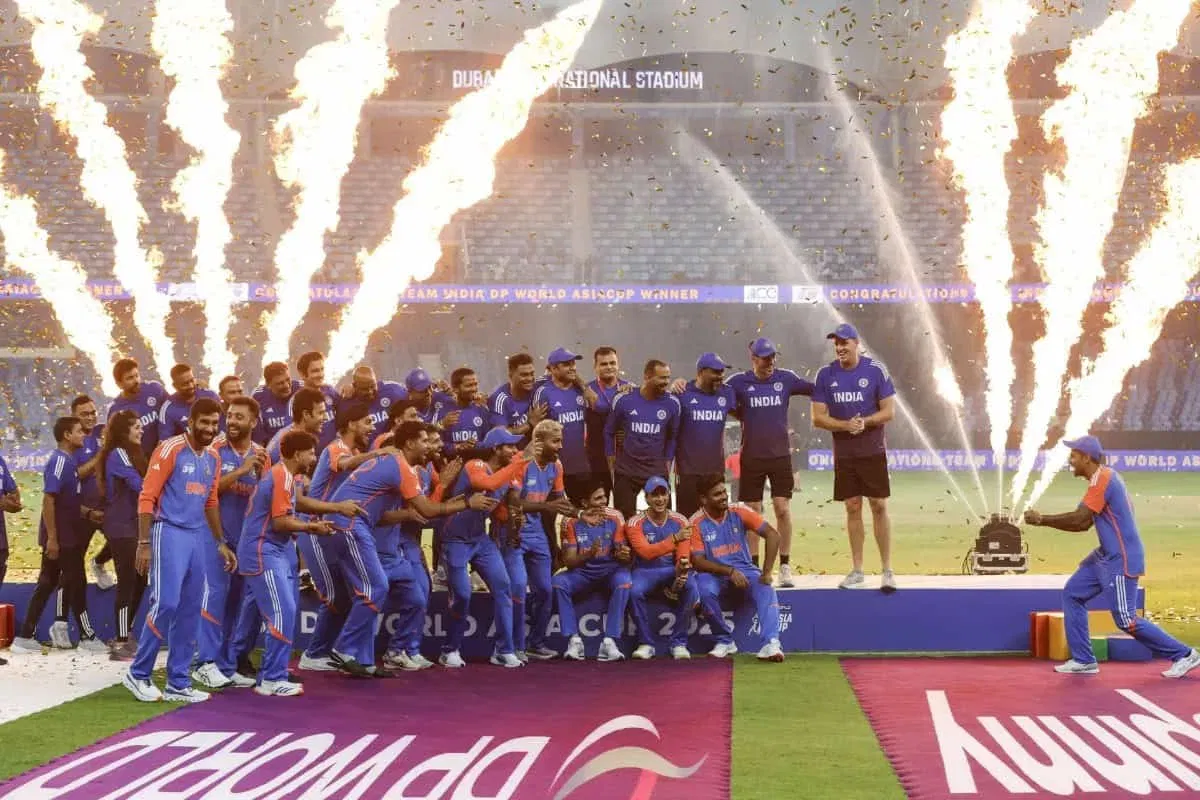
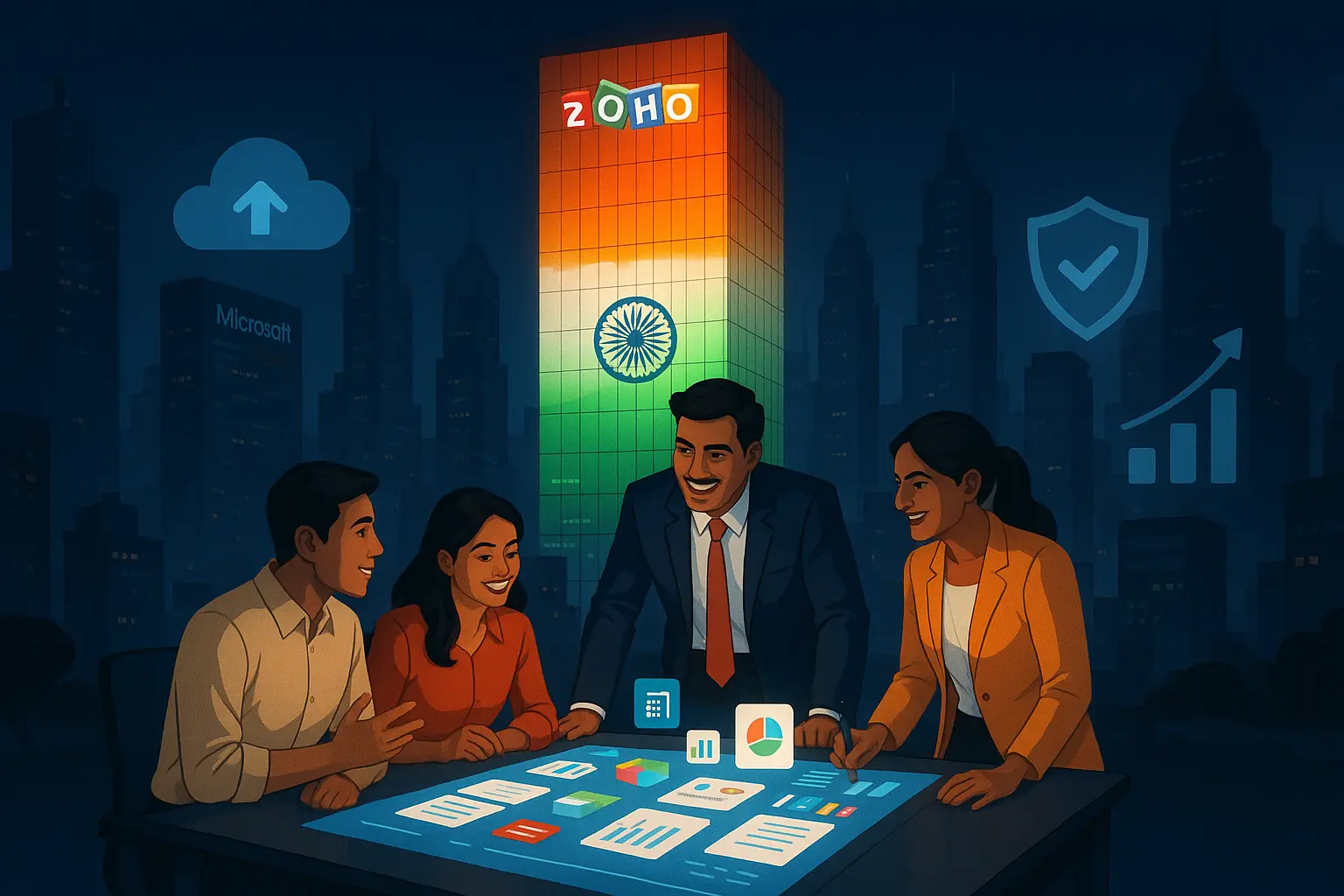
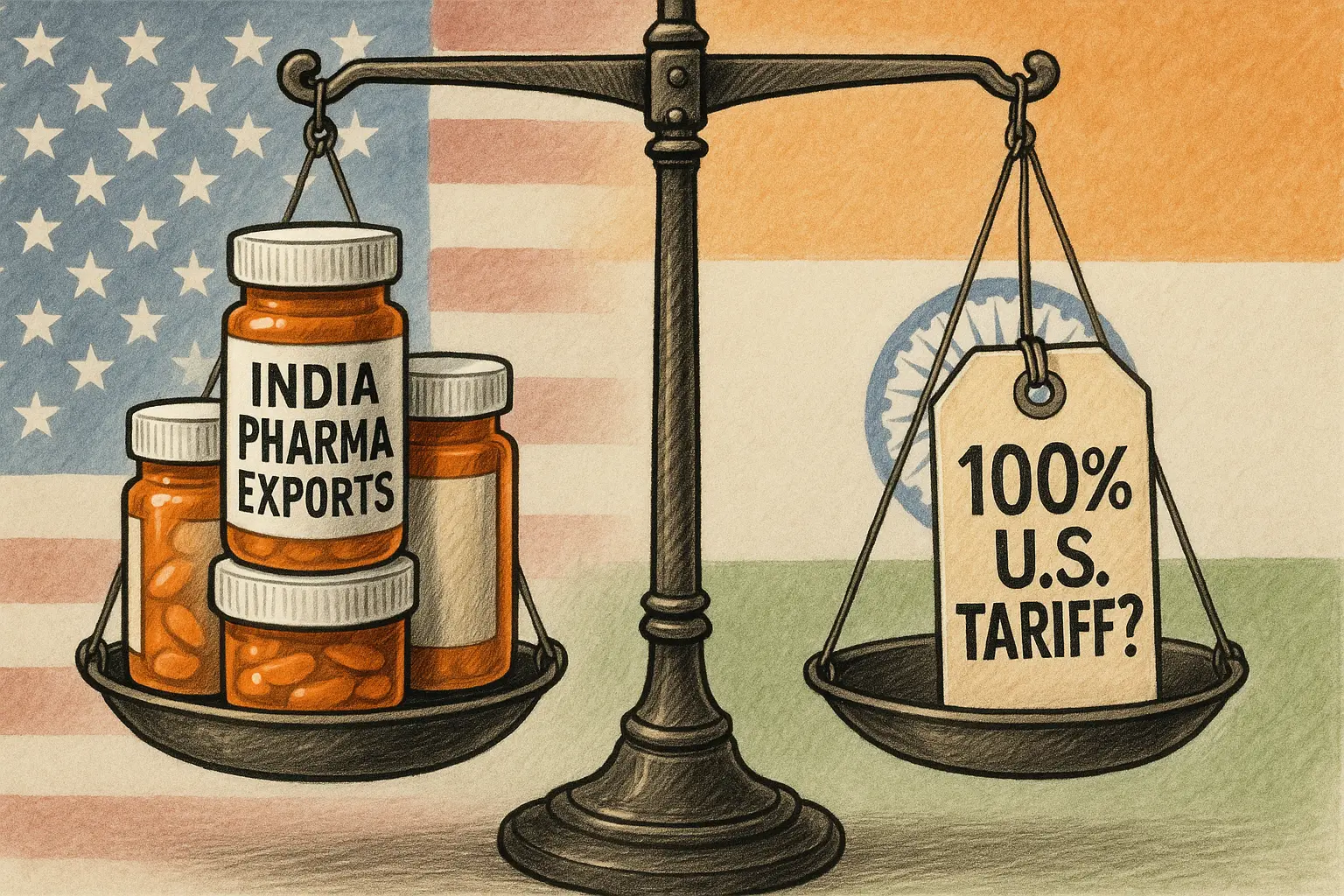
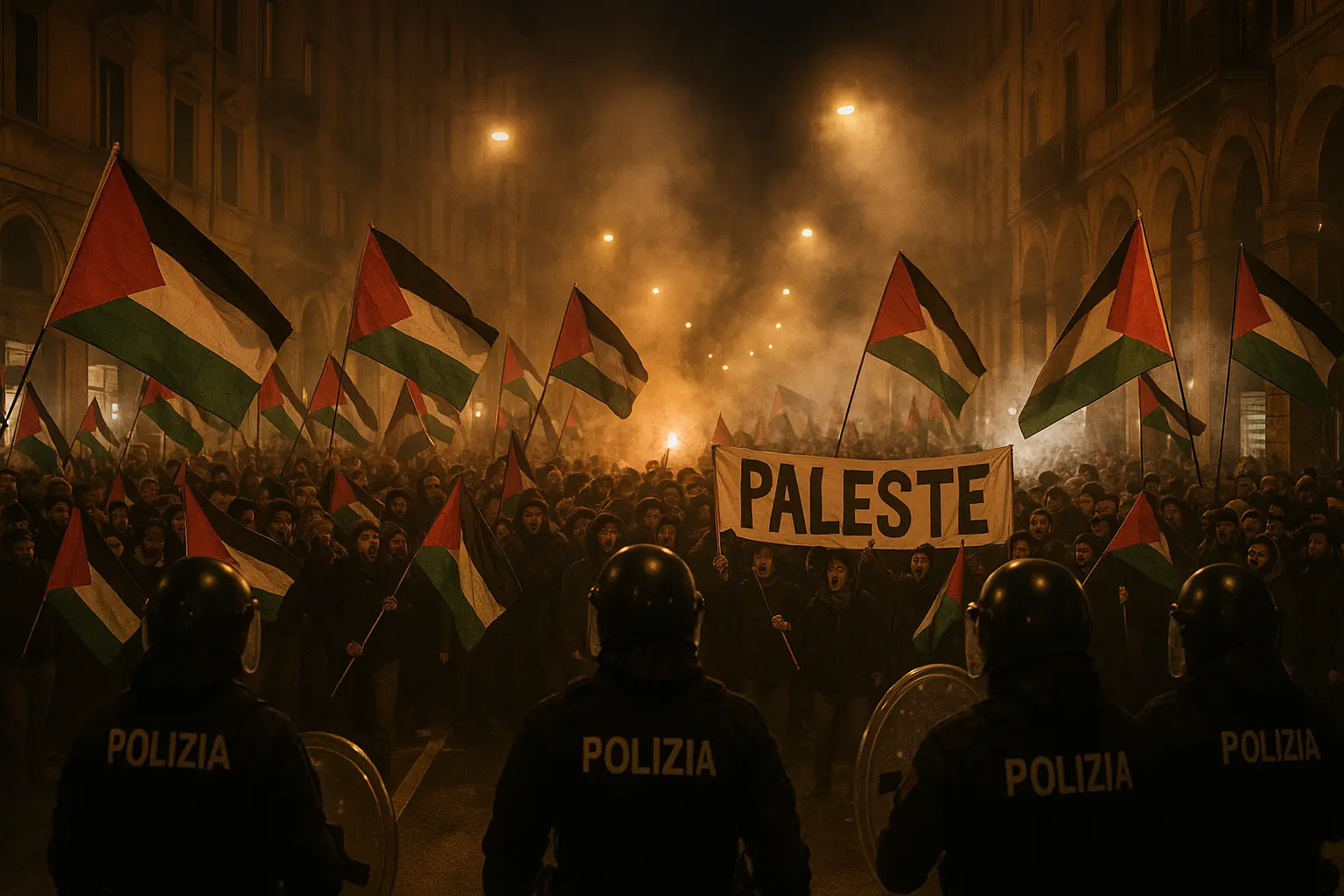
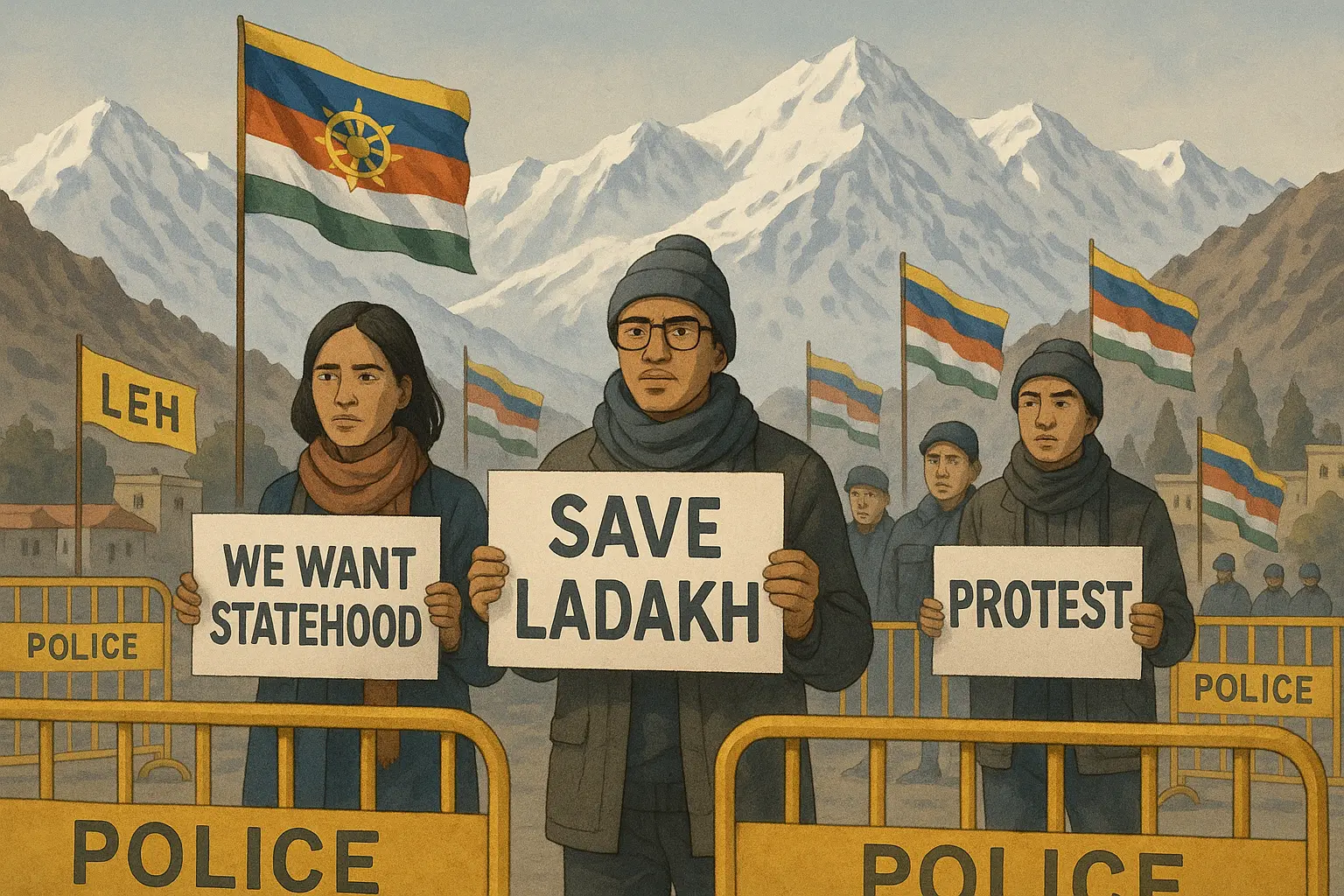
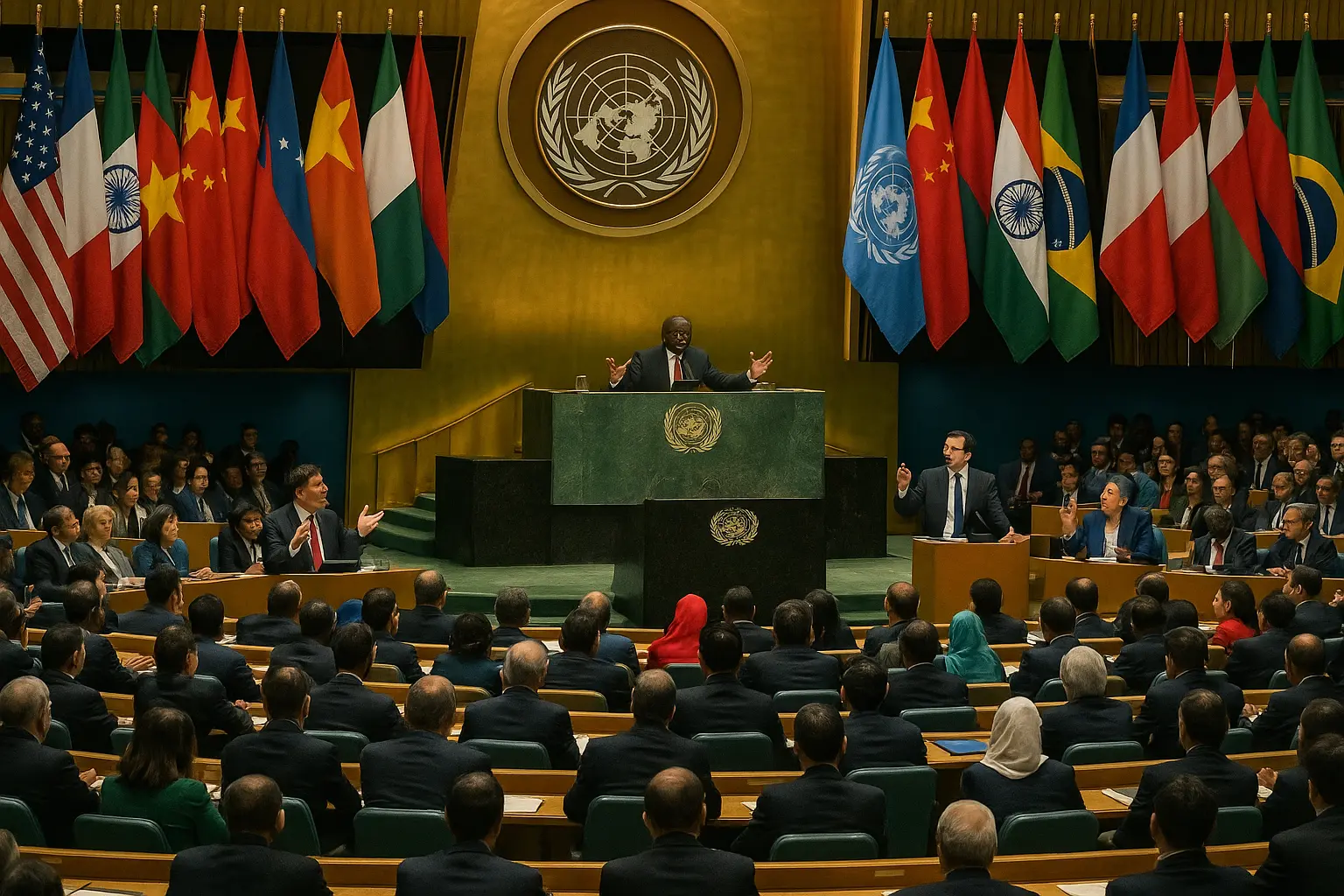
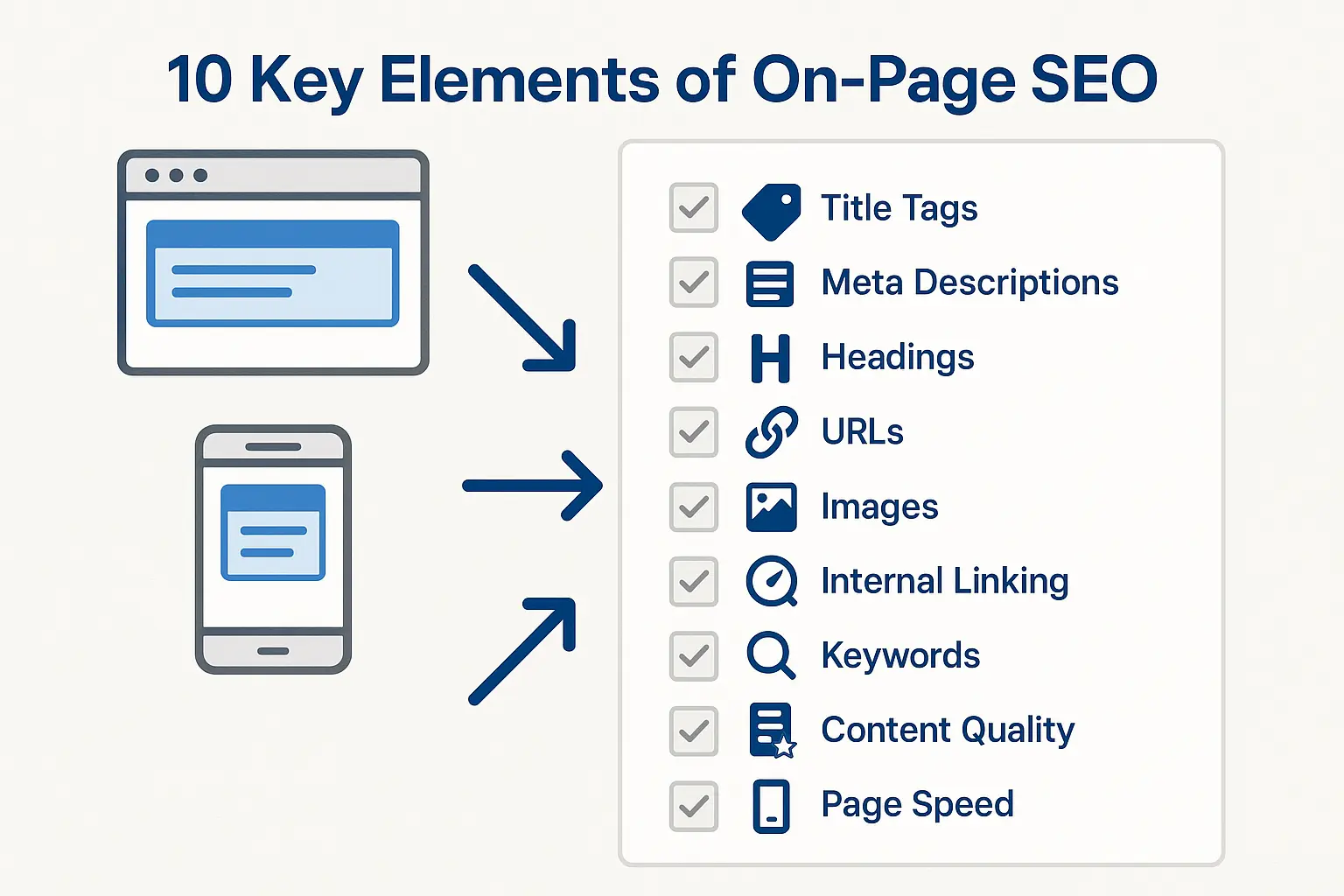
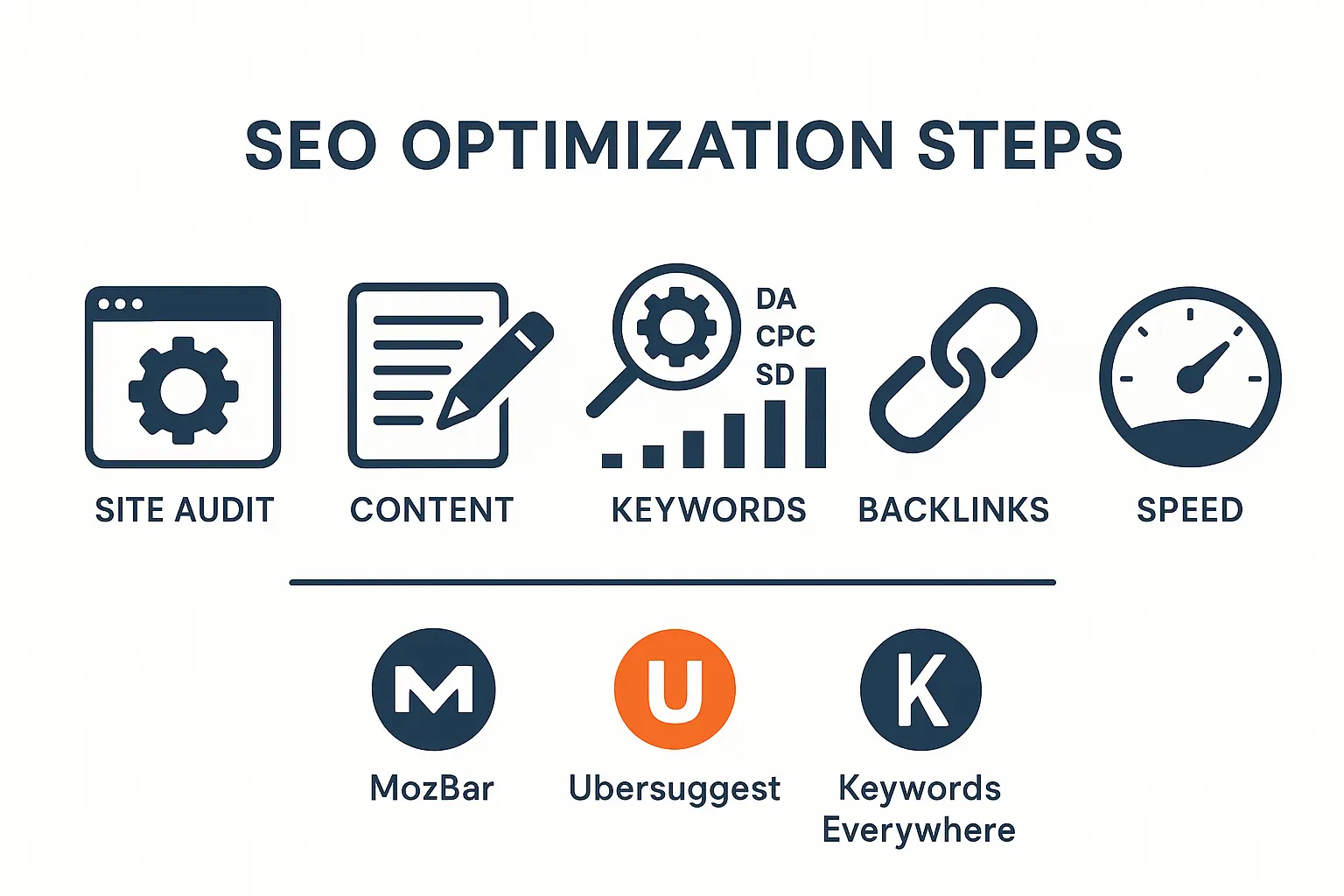

No comments yet. Be the first to comment!